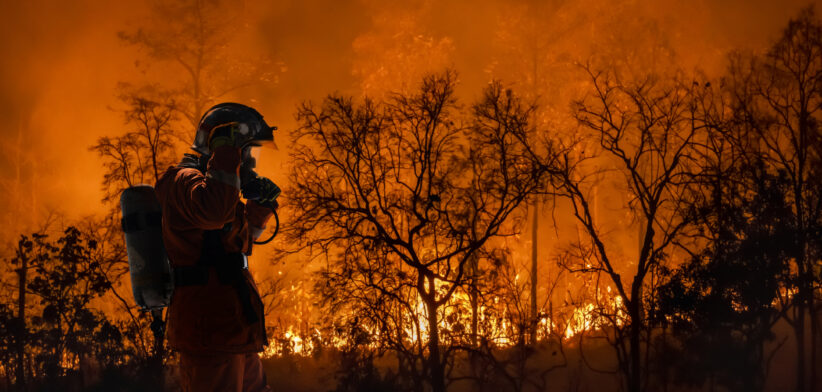Extreme bushfires have more than doubled in frequency and intensity over the past two decades, according to a new Australian study.
Researchers from the University of Tasmania also found that six of the past seven years had been among the most extreme on record for wildfires.
Dr Calum Cunningham said the results of the global study, published in the journal Nature Ecology and Evolution, provided concrete evidence of a worrying trend.
“The intensity and frequency of these bushfires are increasing at an alarming rate, directly linked to the escalating effects of climate change,” Dr Cunningham said.
He said the research team used 21 years of satellite data to identify intense bushfire events by measuring the combined heat energy from fires each day.
“The study shows that not only have the number of extreme bushfires more than doubled between 2003 and 2023, but the average intensity of the 20 most extreme bushfires each year has more than doubled during this time.
“The impact of these extreme events is devastating, not only for natural ecosystems but also for human populations. These fires release significant carbon emissions, threatening to create a vicious cycle that further accelerates global warming,” Dr Cunningham said.
The study found extreme bushfires were increasing fastest in the boreal and temperate conifer forests of North America and Russia.
“Hotspots of intense bushfires were also recorded in Australia, southern Africa, Mediterranean Europe, and South America,” Dr Cunningham said.
He said the study underscored the urgent need for adaptive measures to mitigate the growing threat of extreme wildfires.
“With global temperatures on the rise, the conditions that lead to these extreme bushfires are expected to worsen.”








